当前位置:网站首页>Compile oglpg-9th-edition source code with clion
Compile oglpg-9th-edition source code with clion
2022-07-04 14:24:00 【A Sheng 1990】
OpenGL It is a software library that can access the characteristics of graphics hardware devices , its 1.0 Version released at 1994 year 7 month , Mainly used in computer graphics . With AR and VR The development of , Computer graphics algorithms will become increasingly important , Like ray tracing [RayTracing].
One . Compile source code
Use CLion open OGLPG-9th-Edition Source code [1], Create in the root directory build Folder , then cd build, Carry out orders cmake …, The error is reported as follows :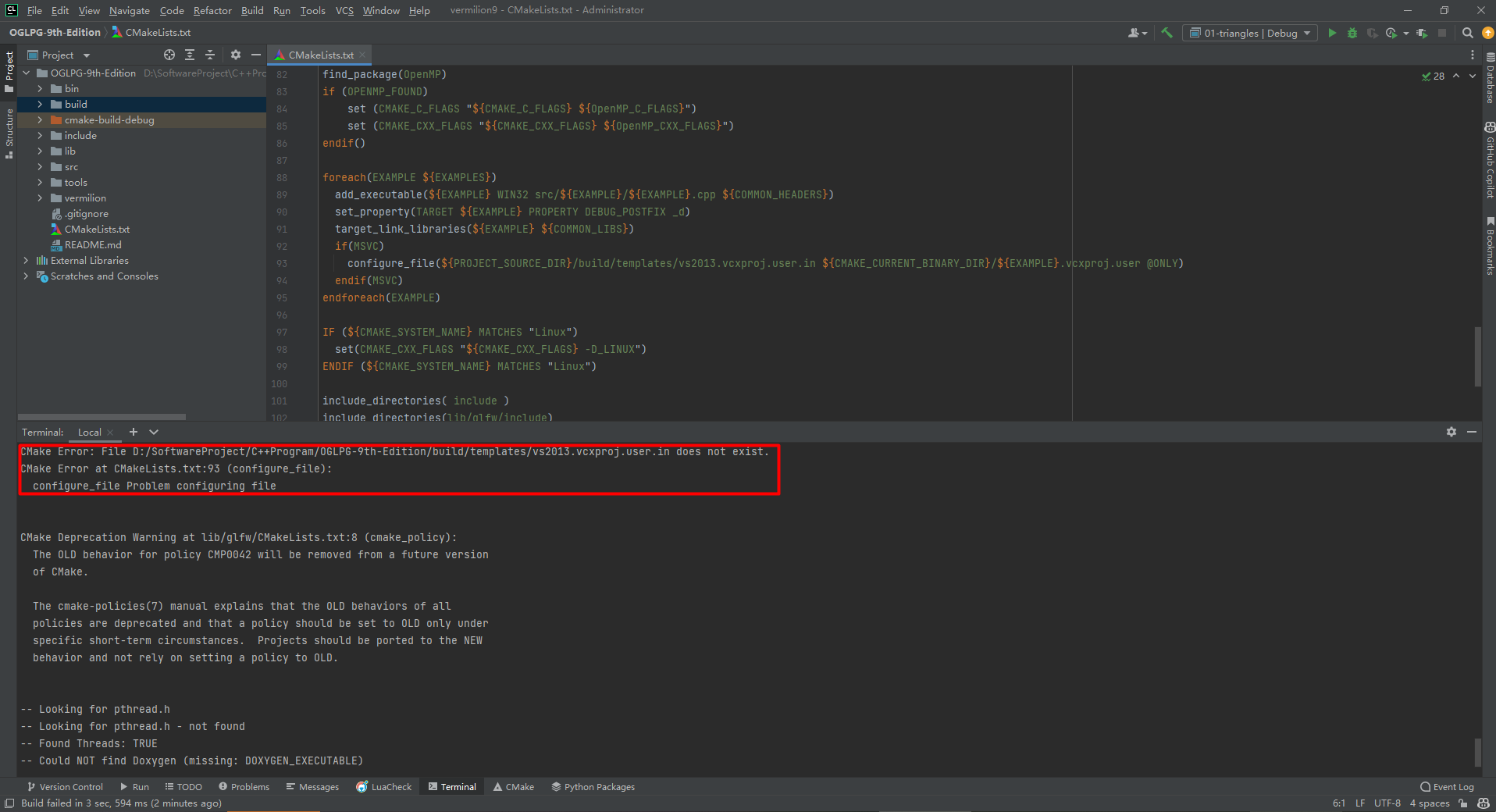
The solution is to comment CMakeLists.txt In the document 92-94 Line code :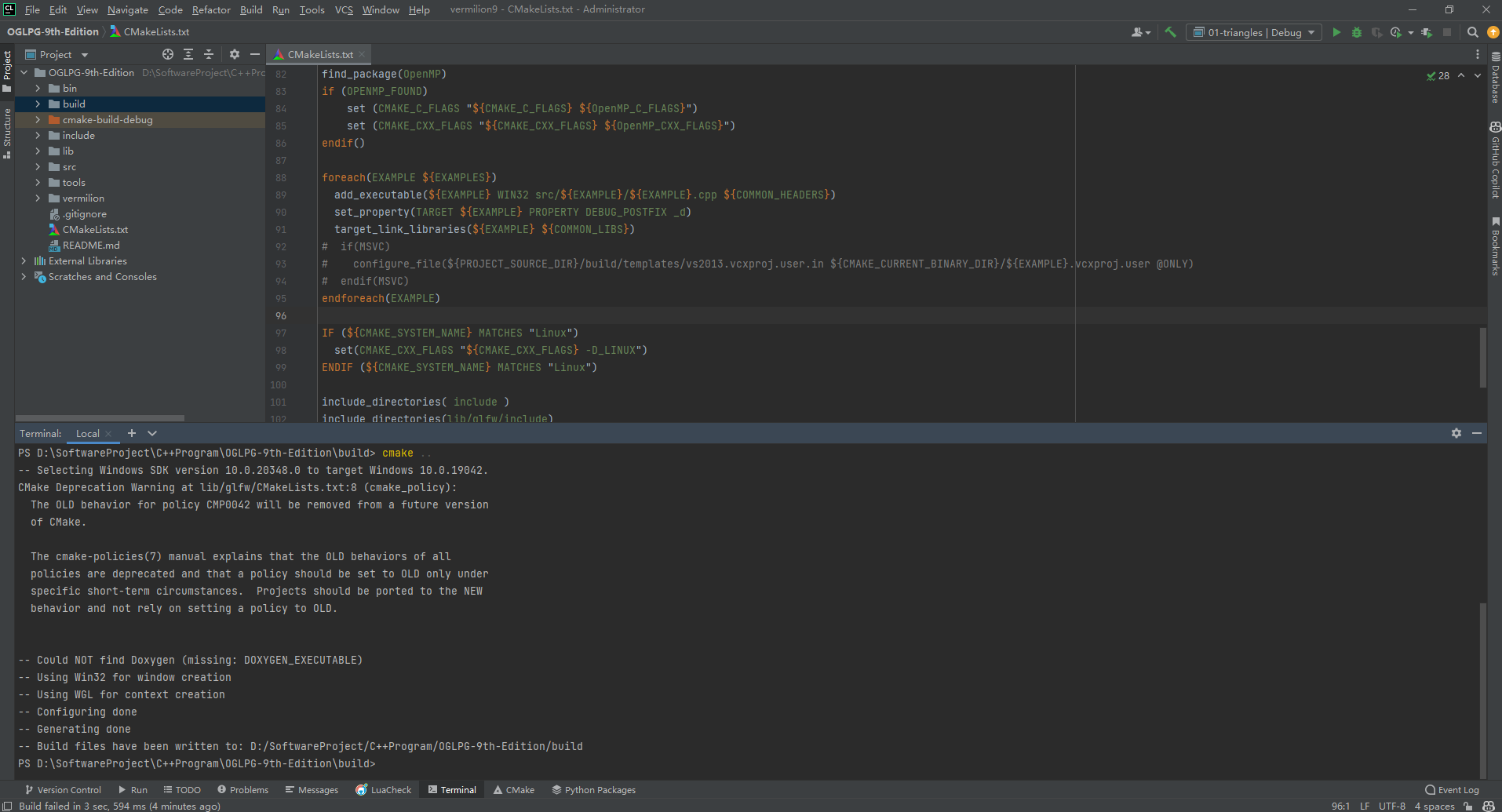
Two . Have a problem
Unable to open file encountered glfw3_d.lib The question is , Need to compile OGLPG-9th-Edition\lib\glfw Source code [3]: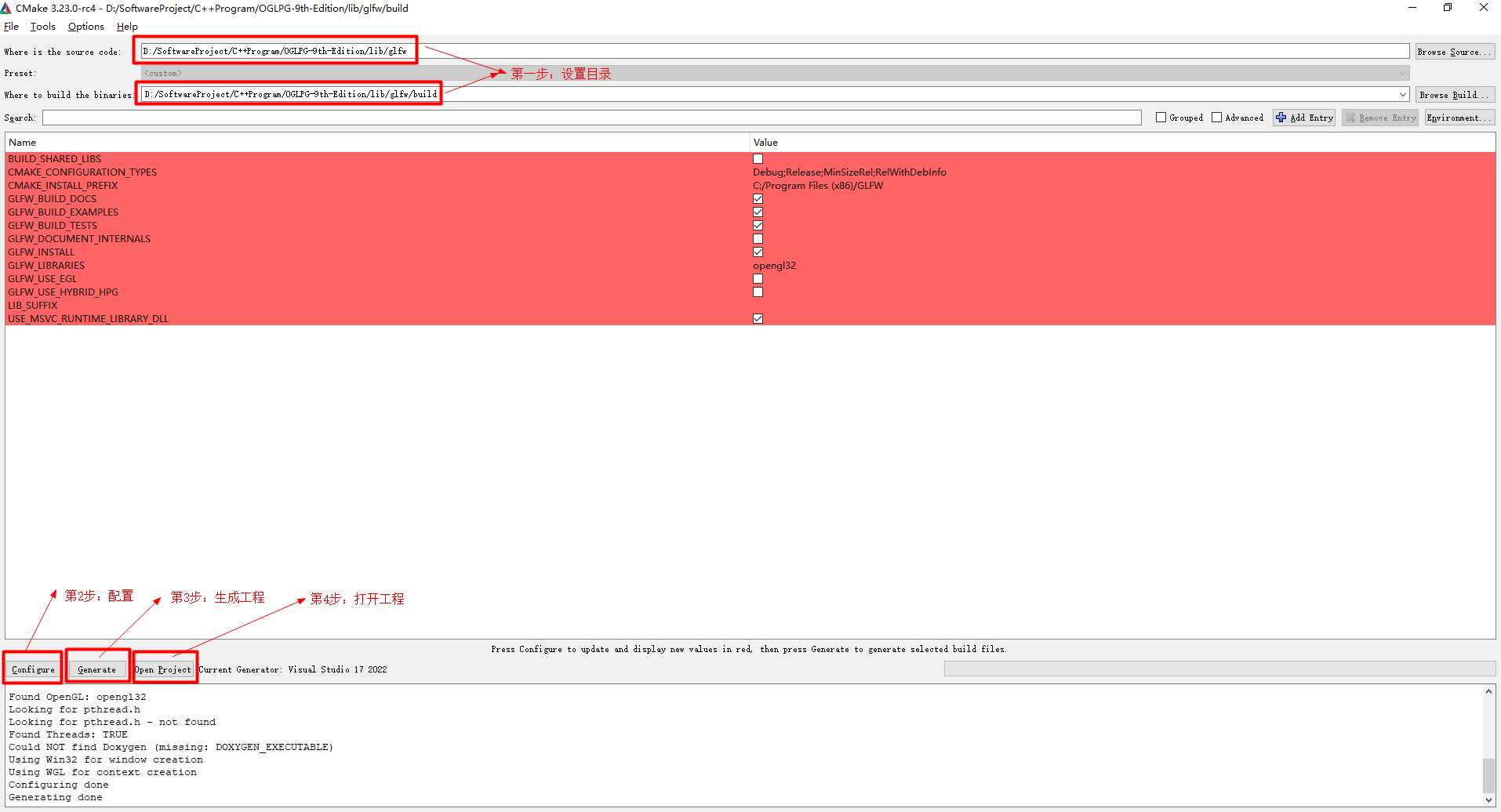
Compiling solutions , stay OGLPG-9th-Edition\lib\glfw\build\src\Debug Can be found in glfw3.lib and glfw3.pdb file :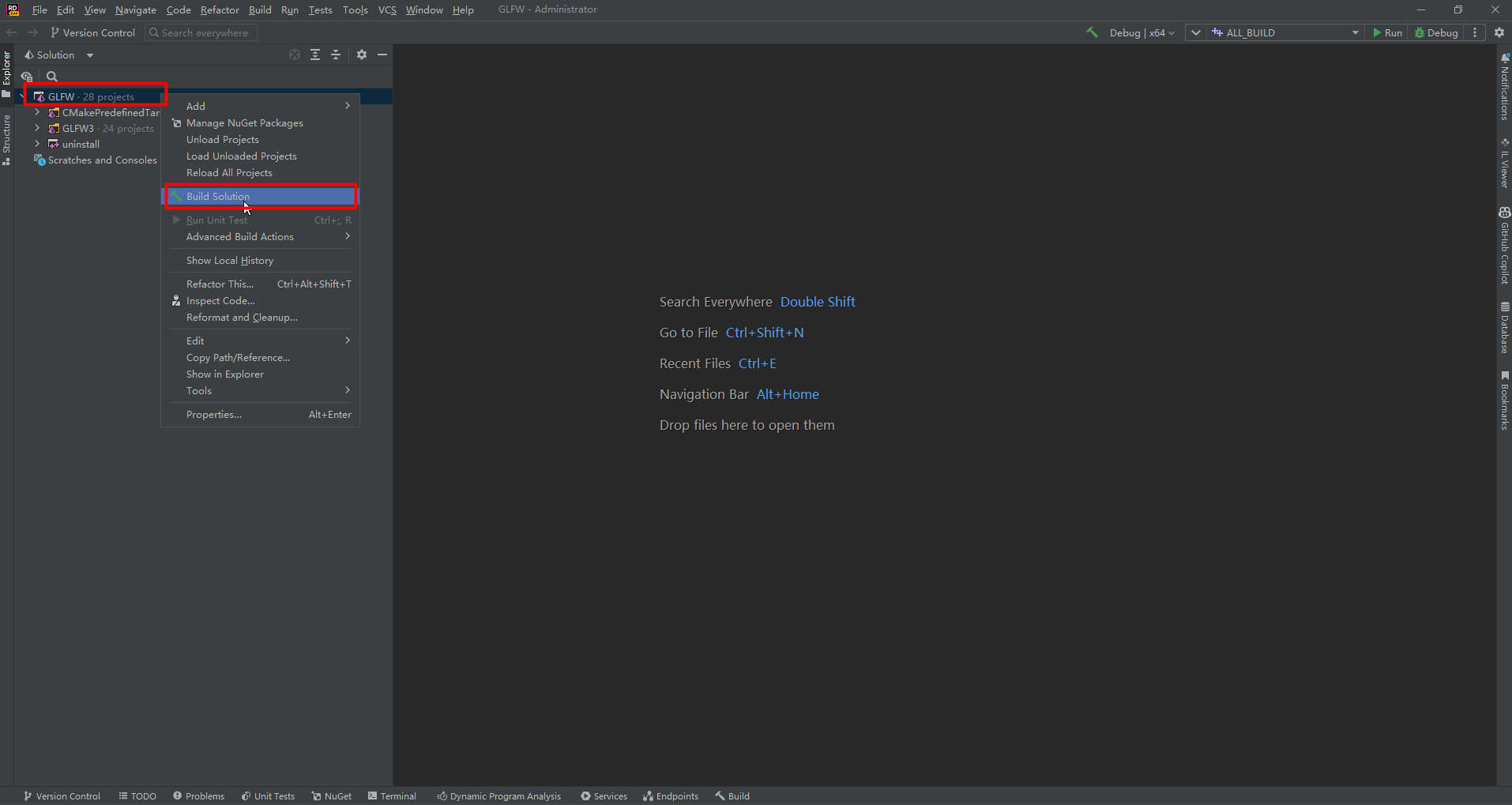
take glfw3.lib and glfw3.pdb Rename it to glfw3_d.lib and glfw3_d.pdb after , copy to OGLPG-9th-Edition\lib Below directory :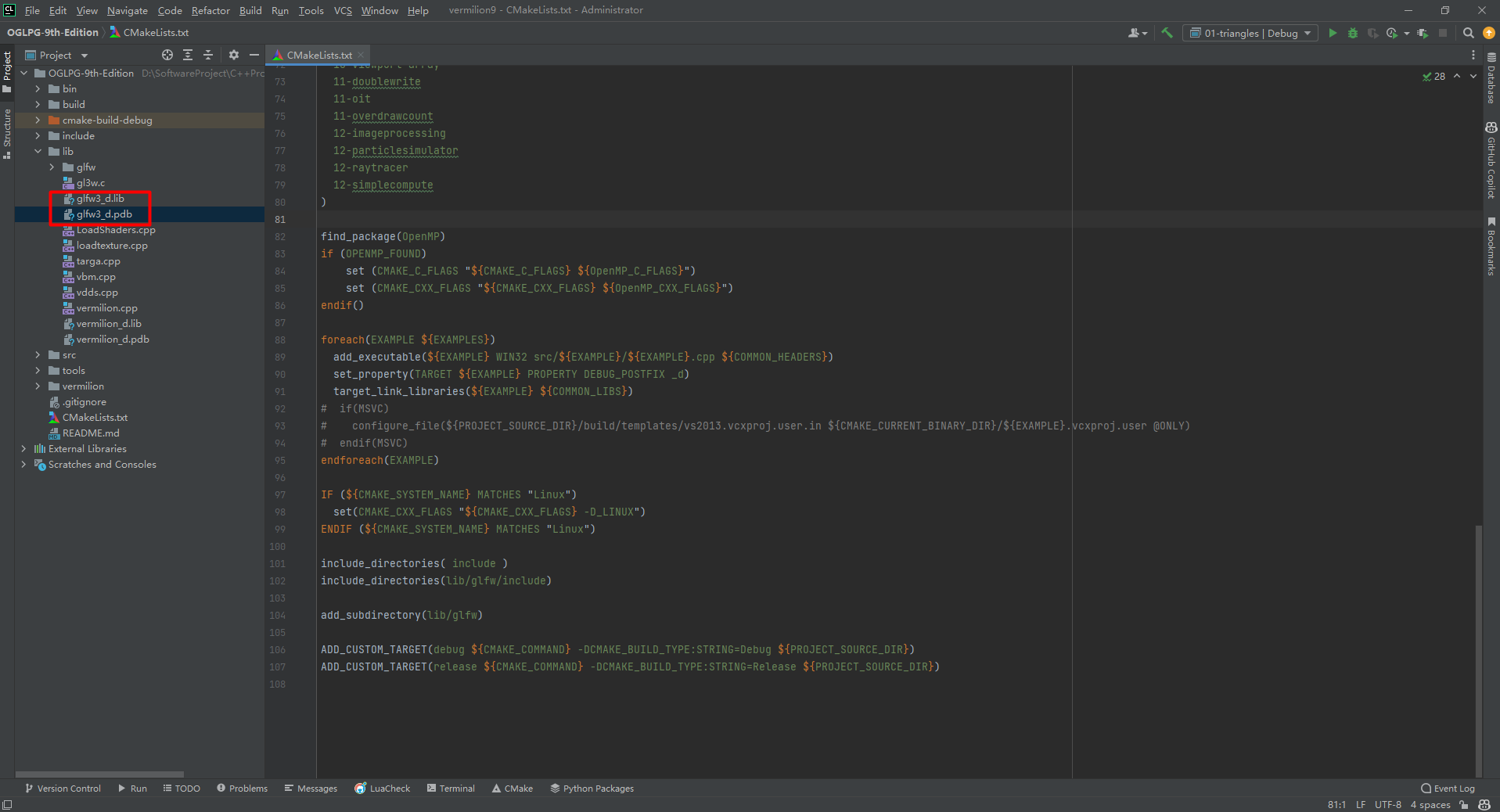
3、 ... and . Running example
Running example 01-keypress.cpp As shown below :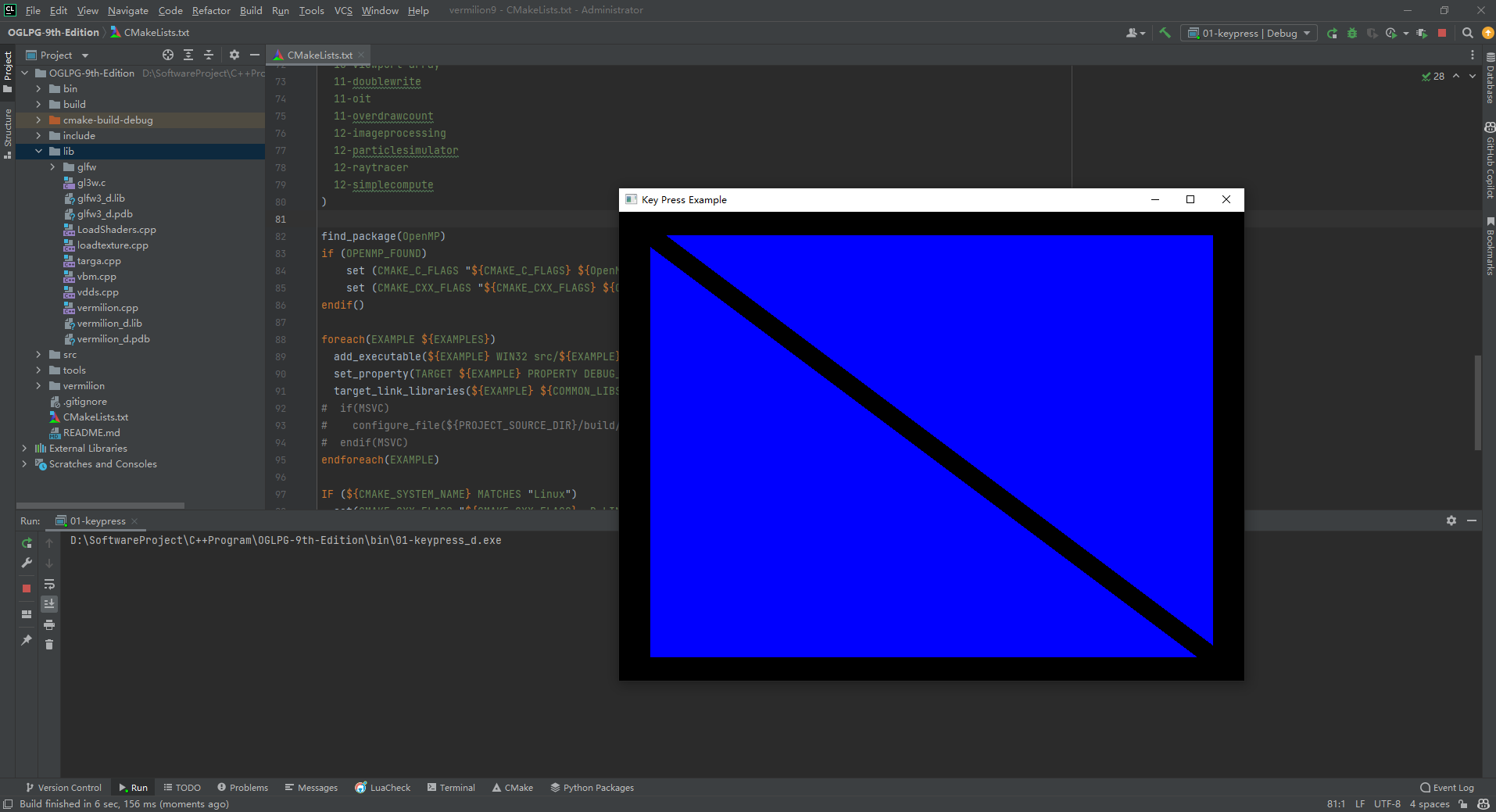
Running example 01-triangles.cpp As shown below :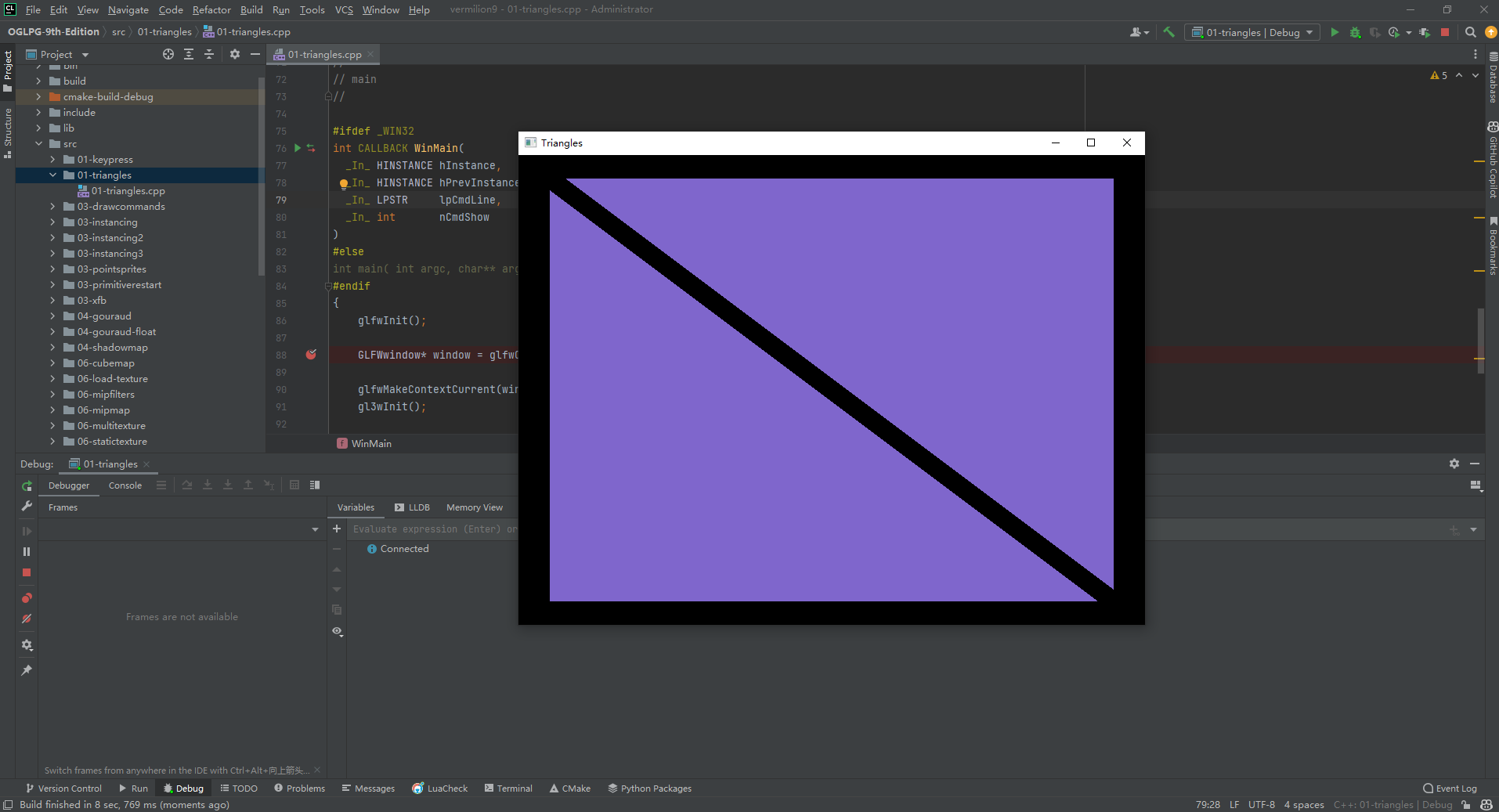
Four .01-triangles.cpp Source code analysis
(1) Vertex shaders and fragment shaders
GLFW What is the library ?GLFW It's used to create OpenGL Context and a third-party library of operation windows . that Glew What is a library ? Due to the OpenGL Of API There are differences ,Glew[OpenGL Extension Wrangler Library] Just put these API An integrated library . Vertex Shader ( Including subdivision and geometric coloring ) Determines where an element should be on the screen , Slice coloring uses this information to determine what the color of a slice should be .
(2)OpenGL and C Data type correspondence
| suffix | data type | C Language data type | Corresponding OpenGL type |
|---|---|---|---|
| b | 8 An integer | signed char | GLbyte |
| s | 16 An integer | signed short | GLshort |
| i | 32 An integer | int | GLint、GLsizei |
| f | 32 Bit floating point type | float | GLfloat、GLclampf |
| d | 64 Bit floating point type | double | GLdouble、GLclampd |
| ub | 8 Bit unsigned integer | unsigned char | GLubyte |
| us | 16 Bit unsigned integer | unsigned short | GLushort |
| ui | 32 Bit unsigned integer | unsigned int | GLuint、GLenum、GLbitfield |
(3)01-triangles.cpp File source code and comments
#include "vgl.h"
#include "LoadShaders.h"
enum VAO_IDs { Triangles, NumVAOs };
enum Buffer_IDs { ArrayBuffer, NumBuffers };
enum Attrib_IDs { vPosition = 0 };
GLuint VAOs[NumVAOs];
GLuint Buffers[NumBuffers];
const GLuint NumVertices = 6;
void init( void )
{
// n: Specify the number of vertex array object names to generate
// arrays: Specifies the array to store the name of the generated vertex array object
// Assign vertex array objects : return n Unused object names to array arrays in , Used as a vertex array object
glGenVertexArrays( NumVAOs, VAOs );
// array: Specify the name of the bound vertex array
// Create and bind a vertex array object
glBindVertexArray( VAOs[Triangles] );
GLfloat vertices[NumVertices][2] = {
{ -0.90f, -0.90f }, { 0.85f, -0.90f }, { -0.90f, 0.85f }, // Triangle 1
{ 0.90f, -0.85f }, { 0.90f, 0.90f }, { -0.85f, 0.90f } // Triangle 2
};
// void glCreateBuffers(GLsizei n, GLuint* buffers);
// return n Currently unused cache object names ( Each represents a newly created cache object ), And save to buffers Array
glCreateBuffers( NumBuffers, Buffers );
// void glBindBuffer(GLenum target, GLuint buffer);
// Name as buffer The cache object of is bound to target The specified cache join point .target Must be OpenGL One of the supported cache binding targets ,buffer It has to be through glCreateBuffers() The name of the assignment .
// If buffer It is the first time to be bound , Then the corresponding cache object will also be created .
glBindBuffer( GL_ARRAY_BUFFER, Buffers[ArrayBuffer] );
// void glBufferStorage(GLenum target, GLsizeiptr size, const void * data, GLbitfield flags);
// glBufferStorage Create a new immutable data store for the object currently bound to the target buffer
glBufferStorage( GL_ARRAY_BUFFER, sizeof(vertices), vertices, 0);
ShaderInfo shaders[] =
{
{ GL_VERTEX_SHADER, "media/shaders/triangles/triangles.vert" },
{ GL_FRAGMENT_SHADER, "media/shaders/triangles/triangles.frag" },
{ GL_NONE, NULL }
};
GLuint program = LoadShaders( shaders );
glUseProgram( program );
// glVertexAttribPointer(GLuint index, GLint size, GLenum type, GLboolean normalized, GLsizei stride, const GLvoid *pointer);
// index: Attribute positions in shaders
// size: Indicates the number of components that need to be updated for each vertex , It can be 1、2、3、4 or GL_BGRA
// type: Specify the data type of each element in the array
// normalized: Set whether the vertex data needs to be normalized before storage
// stride: The size offset value between every two elements in the array
// pointer: Indicates in the cache object , The offset value of the array data calculated from the starting position , Use basic system units byte
glVertexAttribPointer( vPosition, 2, GL_FLOAT, GL_FALSE, 0, BUFFER_OFFSET(0) );
glEnableVertexAttribArray( vPosition );
}
void display( void )
{
static const float black[] = { 0.0f, 0.0f, 0.0f, 0.0f };
// Clear the data in the frame cache before rendering
// GL_COLOR: Cache type cleared
// 0: Set the cache index to be cleared
// back: Set the color after clearing the cache
glClearBufferfv(GL_COLOR, 0, black);
// Select the vertex array to use as vertex data
glBindVertexArray( VAOs[Triangles] );
// Request rendering geometry
glDrawArrays( GL_TRIANGLES, 0, NumVertices );
}
int main( int argc, char** argv )
{
// glfw Initialization and configuration
glfwInit();
// At the same time, create a new rendering window OpenGL Environmental Science , Used to execute rendering instructions
GLFWwindow* window = glfwCreateWindow(800, 600, "Triangles", NULL, NULL);
// Set up window Associated with the window in OpenGL The environment is the current environment
glfwMakeContextCurrent(window);
// initialization GL3W library , establish OpenGL Before environment , This direction must be called once
gl3wInit();
// Set the data used in the program
init();
while (!glfwWindowShouldClose(window))
{
// Rendering work
display();
// Swap the front-end and back-end caches of the window , Go back to the content and show it
glfwSwapBuffers(window);
// Handle all waiting events , Check any information returned by the operating system
glfwPollEvents();
}
// Destroy the specified window and its context , Determine whether the window needs to be closed
glfwDestroyWindow(window);
// close GLFW library
glfwTerminate();
}
(4) Vertex shader triangles.vert Document code and comments
#version 400 core //OpenGL Color language version
layout( location = 0 ) in vec4 vPosition; // Save vertex position information
void main()
{
gl_Position = vPosition; // Copy the input vertex position to the specified output position of the vertex shader
}
(5) Slice shader file code and comments
#version 450 core
out vec4 fColor; // The color value corresponding to the slice
void main()
{
fColor = vec4(0.5, 0.4, 0.8, 1.0);
}
reference :
[1]The OpenGL Programming Guide 9th Edition:http://www.opengl-redbook.com/
[2]OpenGL Red Book Example Code:https://github.com/openglredbook/examples
[3]GLFW Source download - compile - Use :http://t.zoukankan.com/Doyoung-p-13690602.html
[4]OpenGL Programming Guide [ The first 9 edition ]
边栏推荐
- Gorm read / write separation (rotation)
- Why should Base64 encoding be used for image transmission
- Understand chisel language thoroughly 03. Write to the developer of Verilog to chisel (you can also see it without Verilog Foundation)
- DDD application and practice of domestic hotel transactions -- Code
- 基于51单片机的超声波测距仪
- Excel quickly merges multiple rows of data
- AI and Life Sciences
- How to operate and invest games on behalf of others at sea
- C # WPF realizes the real-time screen capture function of screen capture box
- R语言ggplot2可视化:gganimate包创建动态折线图动画(gif)、使用transition_reveal函数在动画中沿给定维度逐步显示数据
猜你喜欢
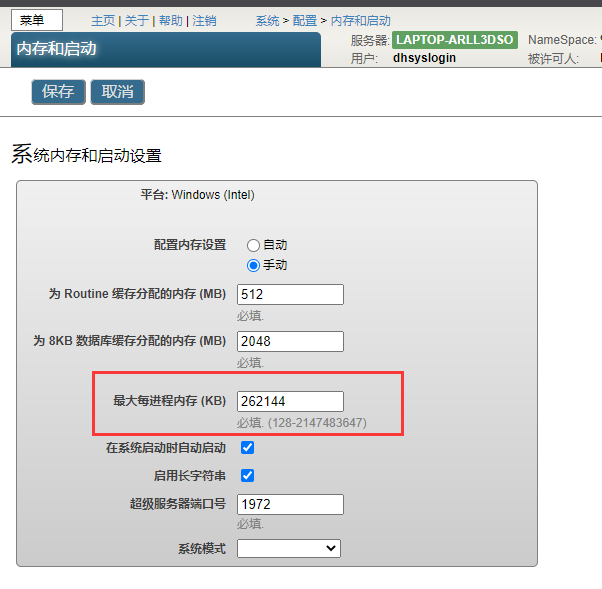
第十七章 进程内存
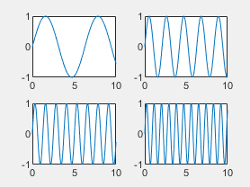
MATLAB中tiledlayout函数使用
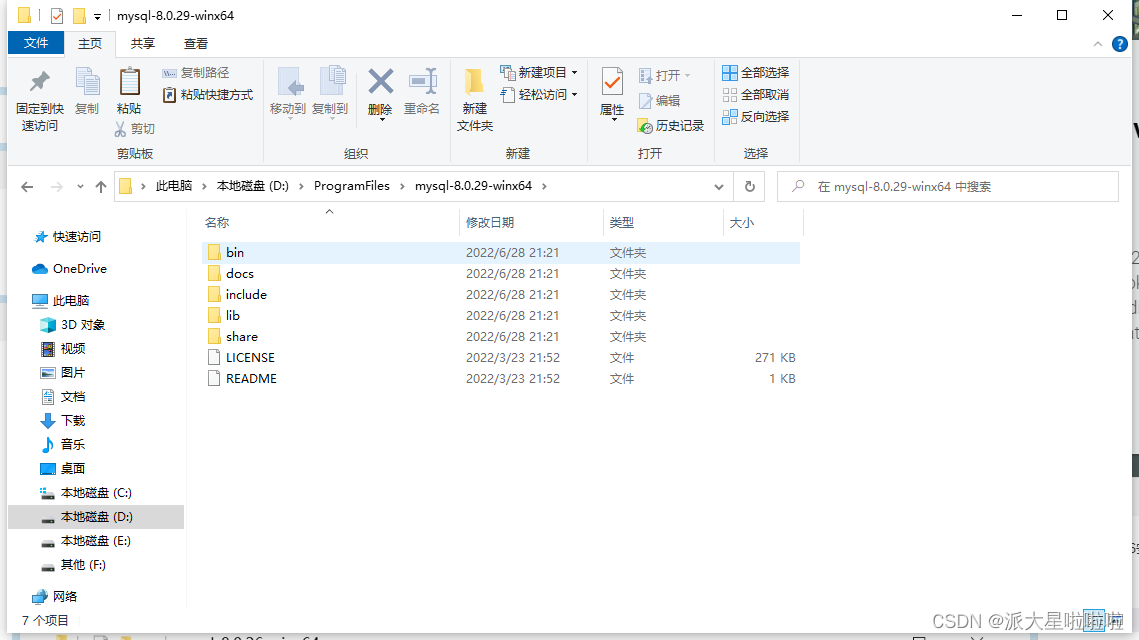
Install MySQL
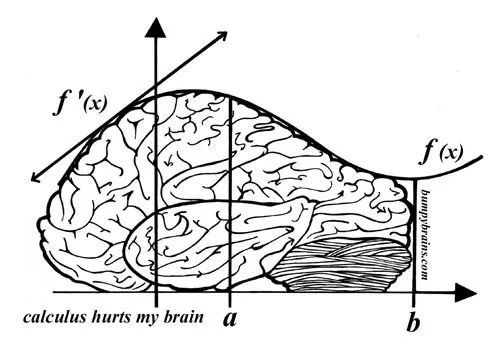
PyTorch的自动求导机制详细解析,PyTorch的核心魔法

scratch古堡历险记 电子学会图形化编程scratch等级考试三级真题和答案解析2022年6月
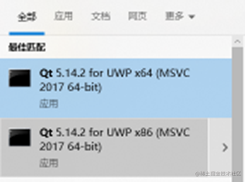
How to package QT and share exe
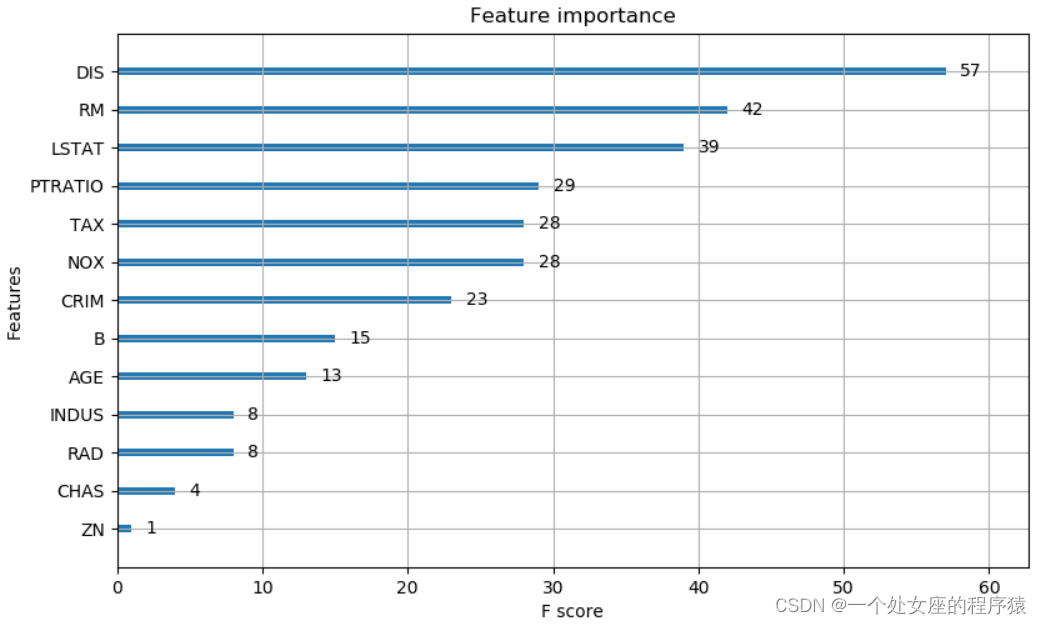
Map of mL: Based on Boston house price regression prediction data set, an interpretable case of xgboost model using map value

sql优化之查询优化器
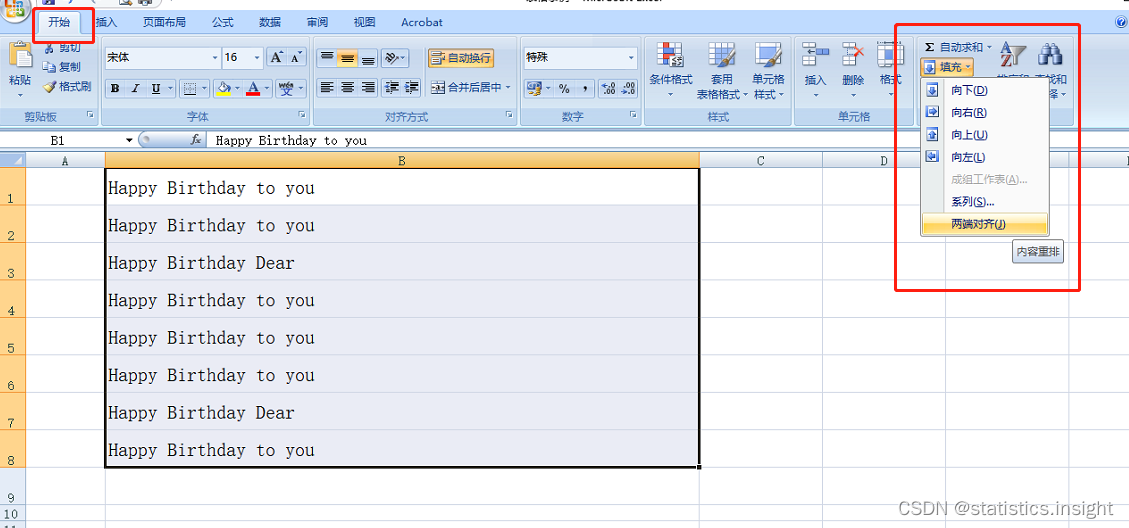
Excel快速合并多行数据
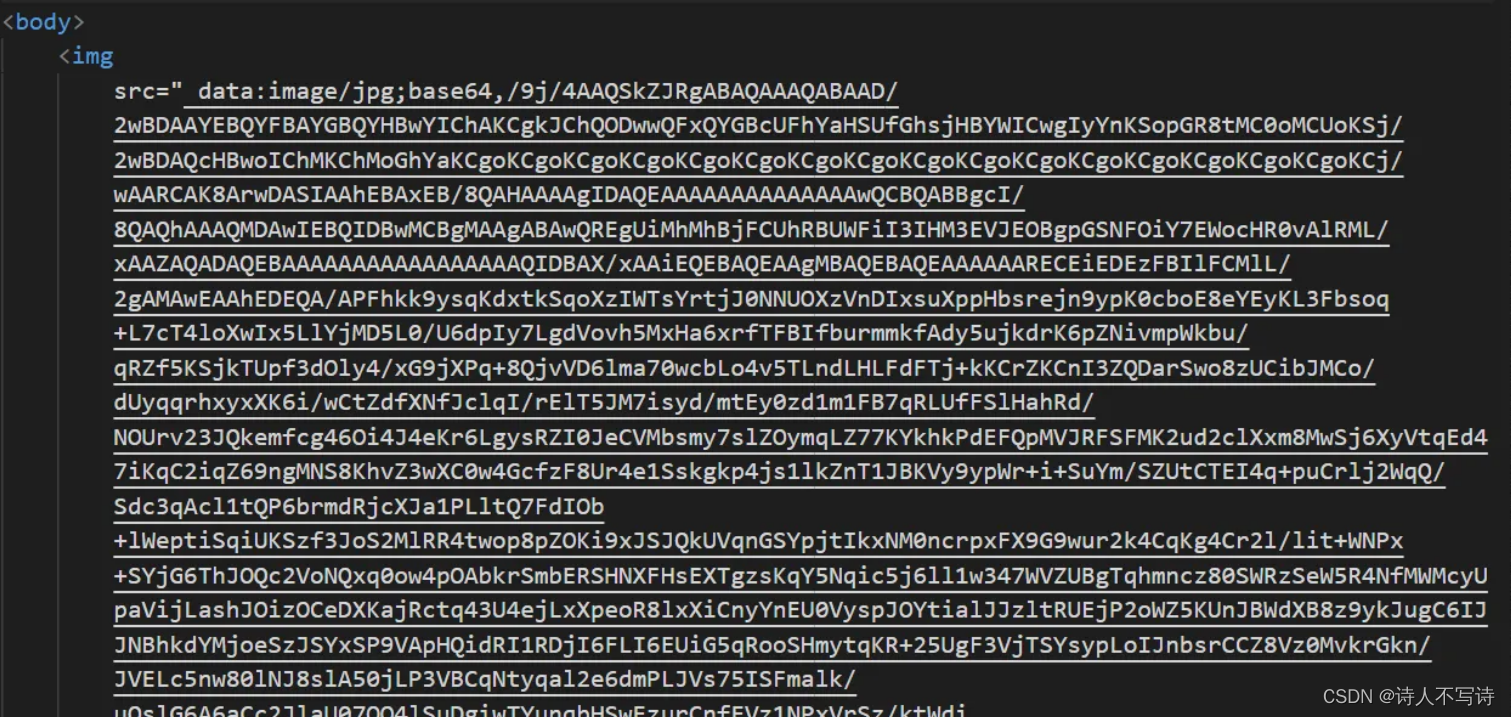
Why should Base64 encoding be used for image transmission
随机推荐
Understand chisel language thoroughly 08. Chisel Foundation (V) -- wire, REG and IO, and how to understand chisel generation hardware
PyTorch的自动求导机制详细解析,PyTorch的核心魔法
MySQL之详解索引
Use of tiledlayout function in MATLAB
Fs4059c is a 5V input boost charging 12.6v1.2a. Inputting a small current to three lithium battery charging chips will not pull it dead. The temperature is 60 ° and 1000-1100ma is recommended
游戏出海,全球化运营
opencv3.2 和opencv2.4安装
NowCoder 反转链表
LiveData
leetcode:6110. 网格图中递增路径的数目【dfs + cache】
Understand chisel language thoroughly 03. Write to the developer of Verilog to chisel (you can also see it without Verilog Foundation)
R语言使用dplyr包的group_by函数和summarise函数基于分组变量计算目标变量的均值、标准差
sql优化之查询优化器
sharding key type not supported
R language uses the mutation function of dplyr package to standardize the specified data column (using mean function and SD function), and calculates the grouping mean of the standardized target varia
The font of markdown grammar is marked in red
数据仓库面试问题准备
统计php程序运行时间及设置PHP最长运行时间
R language uses the DOTPLOT function of epidisplay package to visualize the frequency of data points in different intervals in the form of point graph, and uses the by parameter to specify the groupin
The implementation of OSD on rk1126 platform supports color translucency and multi-channel support for Chinese